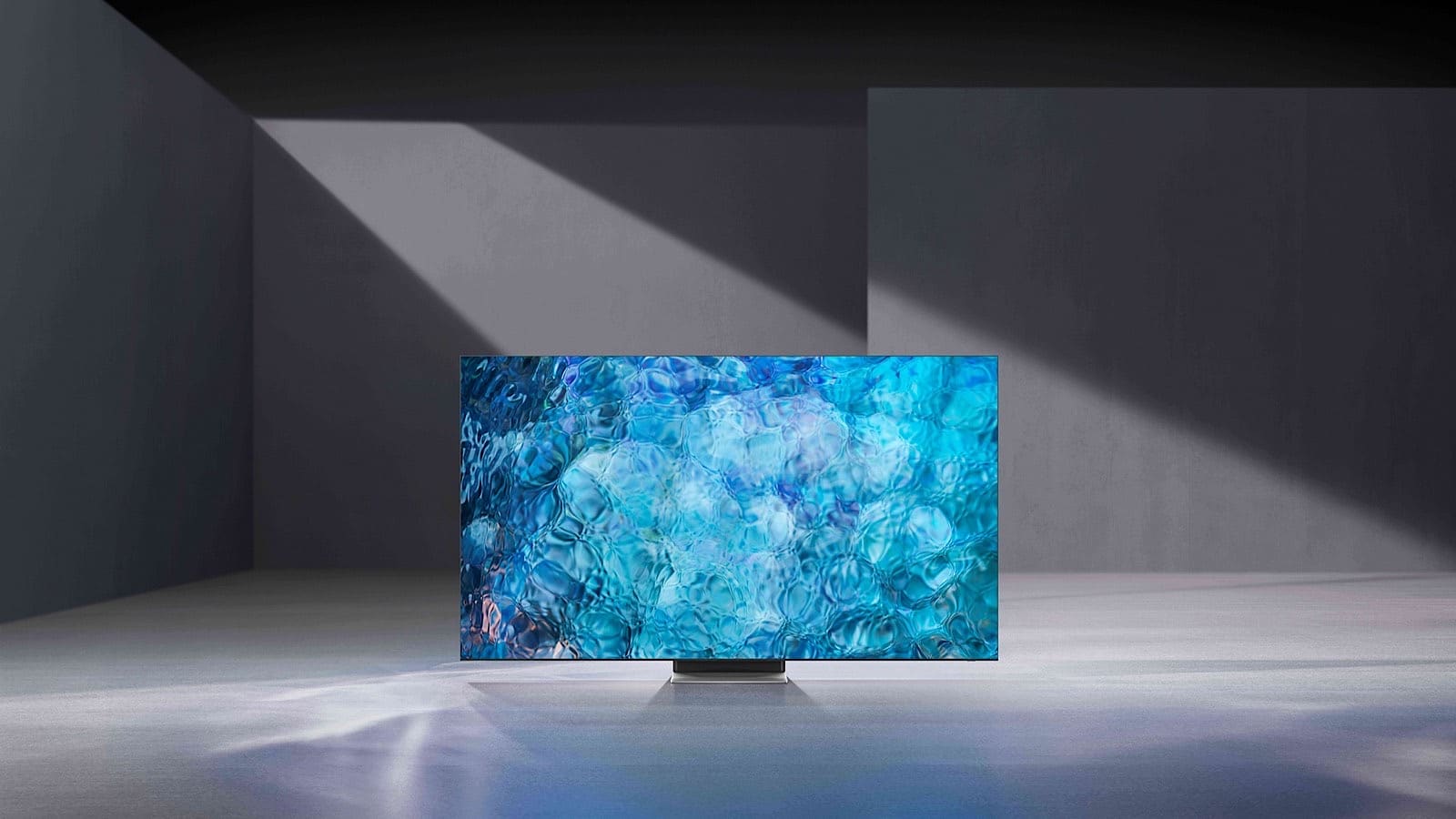The world of tiny LEDs is coming to quantum-dot TV screens, as Samsung reinvents how its QLED screens work.
It’s another year and there are more TVs on the way, as CES kicks off a little earlier in 2021, thanks to the online nature of the event. No Aussie journalist is going to America for some pretty obvious reasons this year, and so the news is coming online, and a little ahead of time, starting with monitors and big wall-based screens.
But for those of us at home who typically stare at a TV to watching things, there’s some news that’s a little more likely to make sense, as Samsung looks to the living room for the latest developments in its technology.
This year, it will have more TVs, and they’ll be updates to what we’ve seen over the past few years, as Samsung’s push for metal-coated quantum dots doesn’t just look to enhance its LED-backlit TVs, but it also improves how that hardware works.
In Samsung’s 2021 TVs, the company is releasing something it calls “Neo QLED”, which might as well just be new QLED, and because that’s kind of what the technology is.
While quantum dot enhances the colour of a pixel using crystals — and Samsung’s approach uses metal coating to make it a little more vivid — the Neo QLED TVs use Mini LEDs as a form of backlighting, sitting behind the panel to more finely control the light on the screen.
Each Mini LED is essentially packed with small LEDs, which may make it distinct from the Mini LED approaches we’re hearing from other brands, something that is beginning to get popular in use this year. We’ll have to wait until we see how Mini LED works from other brands, but Samsung says its design — something it calls Quantum Mini LED — is being controlled by Quantum Matrix Technology and “Neo Quantum Processor” to keep the Mini LEDs precise, keeping dark areas dark and light areas light, something that LED backlit TVs don’t tend to do as well as the self-lighting OLEDs, though this could help make up that difference.
That’s a technology that will be found across both Samsung’s 4K and 8K Neo QLED TVs, though the 2021 Samsung 8K Neo QLED TVs will get a new design that loses the bezel almost entirely, making it slimmer and more like the picture bleeds off into the wall. It’s not to say it’s a wall TV, but rather that it’s close to being frameless, as the picture just sits there, complete with the cables and connect box for the connections sitting behind it.
And it’s one that aims to be thin, too, with the Mini LED design used in the Neo QLEDs keeping the new TVs very thin when looked at from the side.
Over in sound, Samsung is keeping up what it does last year, with object tracking sound, something that we first saw at CES 2020 and should work with Samsung’s soundbars, while Samsung’s new “SpaceFit Sound” uses microphones to analyse where the TV is installed to match the sound of the TV to the space it sits in.
And there’s more here, too, such as support for a special gaming view called “Ultrawide GameView” that allows the game screen to expand to a wider viewing angle, either 21:9 cinema-wide or an ultra-wide 32:9 aspect ratio.
“Samsung is renowned as a pioneer in audio visual technology. We were the first to launch 8K TV in Australia and we’re extremely proud to continue our leadership with the introduction of the Neo QLED TV range in 2021,” said Hass Mahdi, Director of Audio Visual for Samsung Australia.
“Neo QLED features an incredible new screen technology that produces incredibly clear and accurate pictures. We’ve achieved this by replacing the traditional LED module lens with a micro-layer, which allows for precise light control in a small package,” he said.
“This incredible new innovation has allowed Samsung to reduce the width of our TV displays by up to 50 percent, achieving an amazingly slim design for the 2021 TV line-up including our lifestyle TV range.”
You’ll also find support for the Samsung Neo QLED TVs to work as a remote monitor of sorts, thanks to a feature called “PC on TV” which basically allows you to connect a computer and work from where your TV is, not necessarily at your computer itself. Alongside this, Google Duo support is in the new TVs, as is Samsung Health.
What you won’t necessarily find are prices, at least not yet, nor any sense of availability. Right now, the news is just an announcement, something you can largely expect from CES 2021, but not really a local launch, which we suspect will come later, sometime between March and May, which is the typical TV refresh period.









